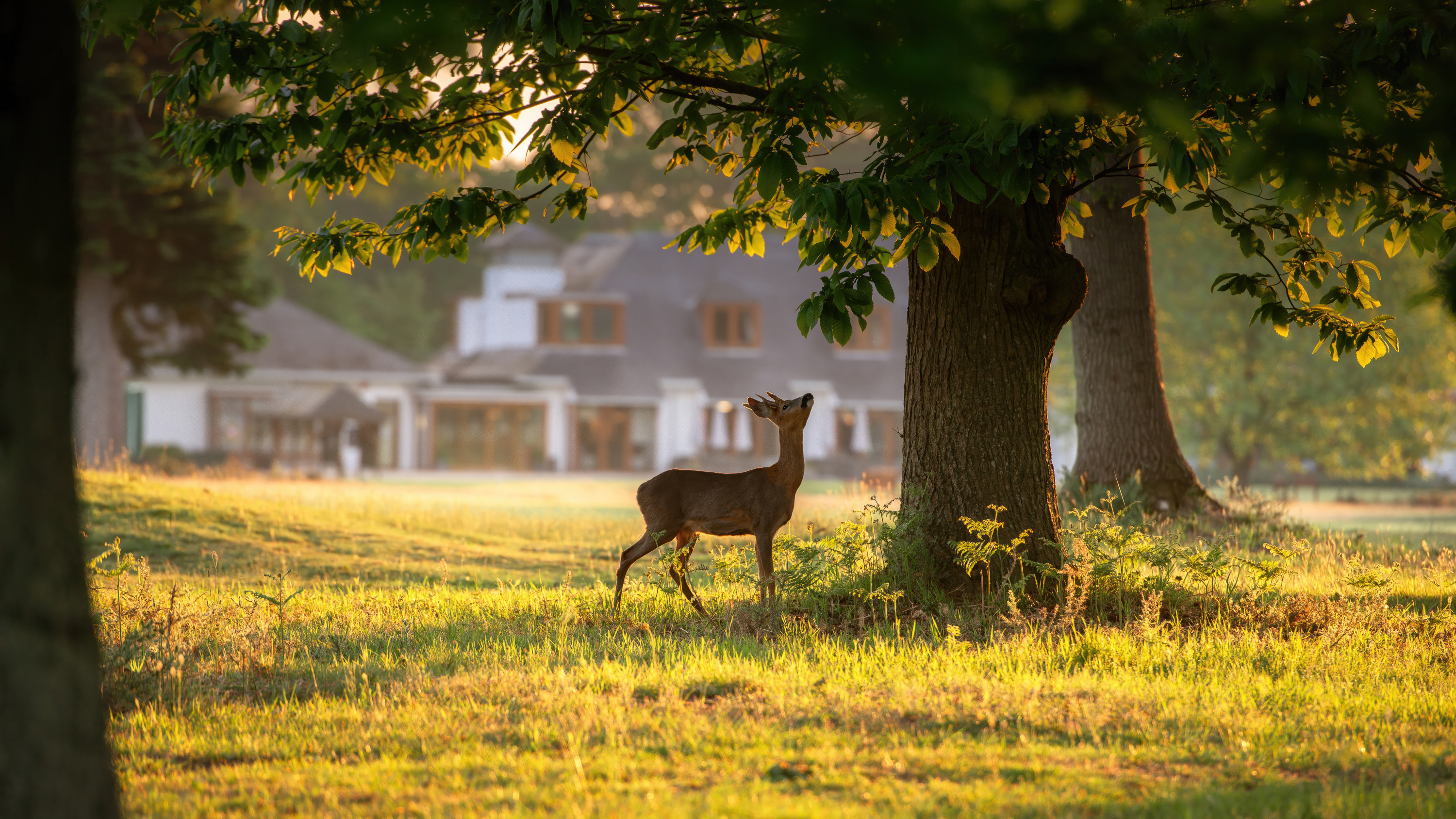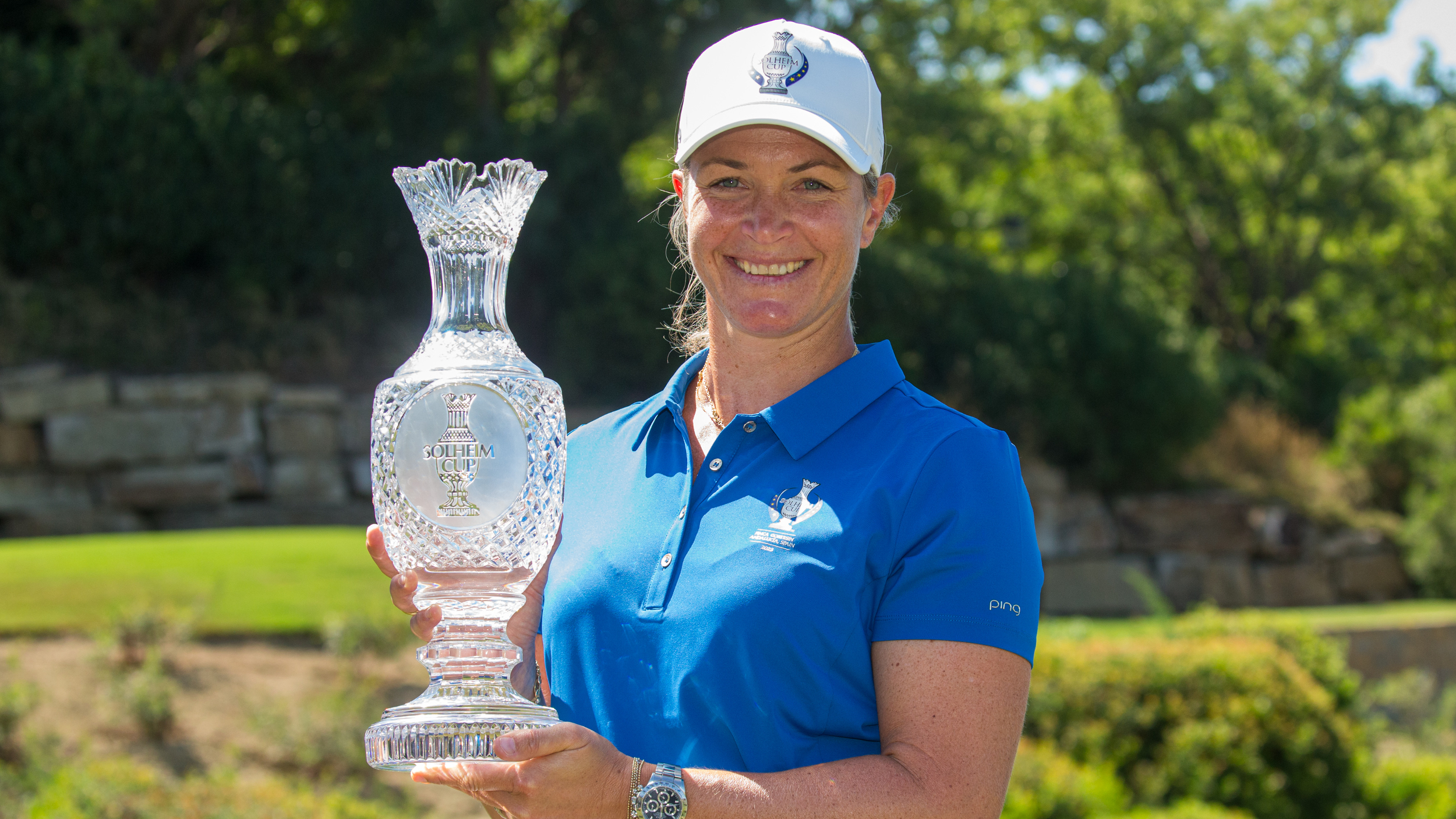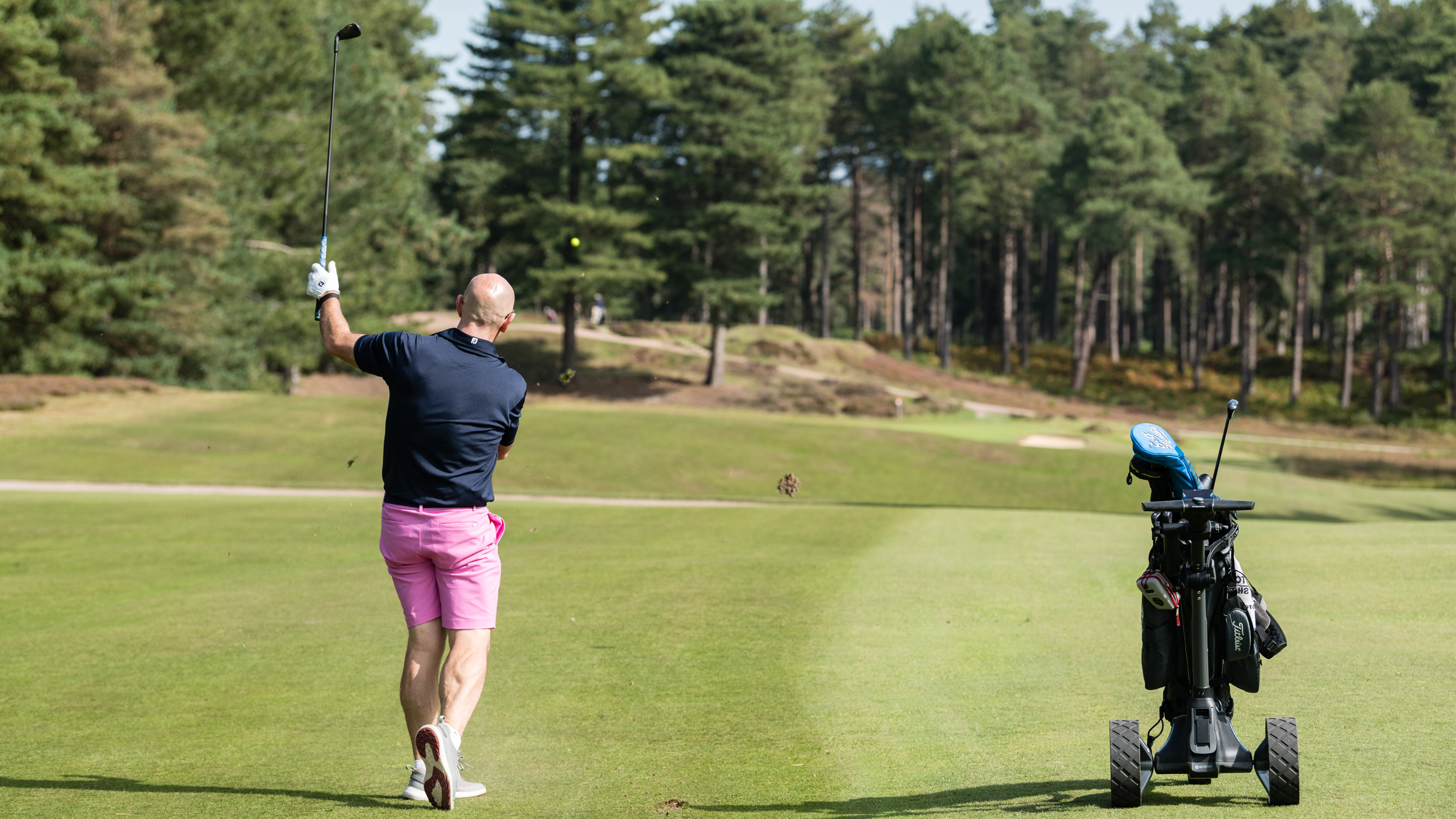How Can Golf Be More Sustainable?
Golf has a responsibility to the environment and the communities in which its played. How can the sport progress further towards a sustainable future?


Within the non-golfing community there remains a perception that golf is a resource-hungry, land-hungry dinosaur of an activity, taking up too much space and requiring too much artificial assistance to sustain itself. 25 years ago, even those in the golf industry may have struggled to argue against that view. But significant research and significant efforts within golf have been undertaken since then. When approached with sustainability in mind, golf can be of benefit to the environment and can play a key role in communities, involving and educating people.
This October, the second annual Sustainable Golf Week, hosted by the GEO Foundation for Sustainable Golf, shone a spotlight on golf’s achievements in sustainability, celebrating the eco-friendly actions of golf courses, developers, designers, tournaments, players and businesses. But more can still be done at every level, from grassroots to the elite.
A plan for sustainability

St Andrews Links is GEO Certified
Golf is played on 39,000 courses around the world, covering an area roughly the size of Belgium. Half of that area is natural or semi natural habitat. In towns and cities, golf courses are oases of green, elsewhere they are often important for protecting coastal strips or providing buffers for wetlands.
To foster nature on golf courses we must look to understand the landscape and its context on a course-by-course basis and find natural solutions to integrate with the surrounding ecology. There should be a focus on protecting and nurturing rare and priority species while boosting overall diversity around the golf course. There should be a premium placed on safeguarding the quality of the environment, preventing pollution in air, soil and water and minimising noise and disturbance.
Another goal is to avoid consumption of non-renewable resources where possible – fossil fuels, potable water and single-use materials. The key is adaptation and innovation.
All best practices and available technologies should be implemented to conserve water on the golf course and surrounding facilities – water capture, treatment and storage should all be considered.
When it comes to energy, cleaner, energy-efficient technologies should be favoured, and all avenues of renewable energy should be explored. We should be moving to electrifying all golf course machinery in future.
Get the Golf Monthly Newsletter
Subscribe to the Golf Monthly newsletter to stay up to date with all the latest tour news, equipment news, reviews, head-to-heads and buyer’s guides from our team of experienced experts.
A reduction in the overall consumption of materials should be the aim with re-using, recycling and waste avoidance top of the priority list.
We’re all very aware of the need to take climate action in every element of life. Within golf we can look to help the cause by reducing emissions and minimising resource consumption, recycling, trying to shorten supply chains and reducing use of transport. Even changing menus in clubhouses to feature more local ingredients can help.
The golf course provides carbon storage and this can be maximised by allowing natural vegetation to thrive, planting more trees and managing turf correctly to boost biological activity.
Sustainability is also about social responsibility, inclusivity and equity in the local community. Golf facilities should look to promote the physical and mental health benefits of golf, provide value to the wider community by making the facility accessible and provide opportunities for education and volunteering. Golf clubs and courses should inspire staff, members and visitors by increasing their awareness of the local environment.
Elite sustainability

Suzann Pettersen is an ambassador for Sustainable Golf
The elite level of golf is a major influence for all those who enjoy the sport. It has the reach and power to encourage others to follow a lead. Across the globe, top events are working hard to drive positive change, achieving GEO Certification® or aiming towards it using the GEO OnCourse® Tournaments programme. Ambassadors like Solheim Cup Captain Suzann Pettersen, Corey Pavin and Danny Lee are helping to spread the message of sustainability.
Tournaments like the WM Phoenix Open have achieved GEO Certification by meeting targets over a range of criteria including, planning and communications, site protection, procurement, resource management – incorporating waste, water, energy and carbon - access and equity, and legacy. At The Open Championship, The R&A’s “GreenLinks” programme is planned, implemented and tracked in collaboration with the GEO Foundation.
What can you do?

We can all make a difference
Sustainability is not just something for golf’s elite and administration to worry about. Each of us can do our bit. We need to act to secure a healthy, sustainable future for the game we love.
There’s so much of that’s simple to do, like taking your own water bottle, not taking a scorecard, using bamboo tees or sharing a lift to the course. Other challenges may require a little more investment of time, like volunteering for a project or committee. One of the most impactful things you can do is simply to talk about sustainability. Just mention it at your club, ask the question on their approach to sustainability.
The more people who show an interest in the environment and the community, the more traction projects and ideas on sustainability will have. It’s our sport and it’s our duty to ensure it has a sustainable future.

Fergus is Golf Monthly's resident expert on the history of the game and has written extensively on that subject. He has also worked with Golf Monthly to produce a podcast series. Called 18 Majors: The Golf History Show it offers new and in-depth perspectives on some of the most important moments in golf's long history. You can find all the details about it here.
He is a golf obsessive and 1-handicapper. Growing up in the North East of Scotland, golf runs through his veins and his passion for the sport was bolstered during his time at St Andrews university studying history. He went on to earn a post graduate diploma from the London School of Journalism. Fergus has worked for Golf Monthly since 2004 and has written two books on the game; "Great Golf Debates" together with Jezz Ellwood of Golf Monthly and the history section of "The Ultimate Golf Book" together with Neil Tappin , also of Golf Monthly.
Fergus once shanked a ball from just over Granny Clark's Wynd on the 18th of the Old Course that struck the St Andrews Golf Club and rebounded into the Valley of Sin, from where he saved par. Who says there's no golfing god?
-
 Rory McIlroy's Sports Psychologist Explains Why He 'Didn't Talk' To Bryson DeChambeau In Masters Final Round
Rory McIlroy's Sports Psychologist Explains Why He 'Didn't Talk' To Bryson DeChambeau In Masters Final RoundDeChambeau raised eyebrows at Augusta National when claiming that McIlroy wouldn't engage in conversation during the final round of The Masters
By Jonny Leighfield
-
 RBC Heritage 2025 Picks, Odds And Predictions
RBC Heritage 2025 Picks, Odds And PredictionsAfter a thrilling week at The Masters, the PGA Tour returns to Harbour Town Golf Links and the fifth Signature Event of 2025
By Matt Cradock